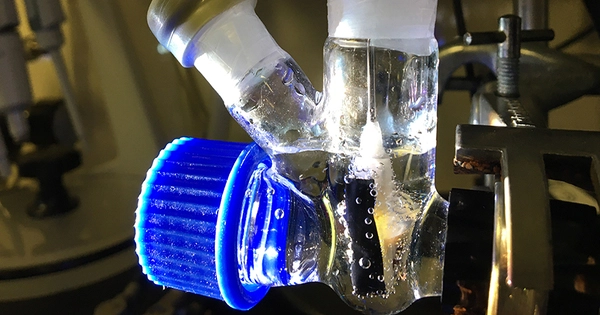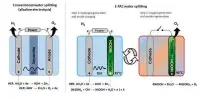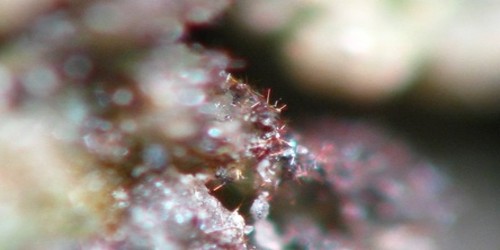Creating clean, usable liquid fuels from solar energy is an exciting area of research and innovation. While solar power is commonly associated with generating electricity, there are methods being investigated to convert solar energy into liquid fuels. One such approach is the use of solar fuels, which involves the direct conversion of solar energy into chemical energy stored in the form of liquid fuels.
Researchers have developed a solar-powered technology that converts carbon dioxide and water into liquid fuels that can be directly added to a car’s engine as a drop-in fuel. The researchers from the University of Cambridge used photosynthesis to convert CO2, water, and sunlight into multi-carbon fuels, ethanol, and propanol in a single step.
Unlike fossil fuels, these solar fuels emit no carbon dioxide and are completely renewable; additionally, unlike most bioethanol, they do not divert agricultural land from food production. While the technology is still in the lab, the researchers believe their ‘artificial leaves’ are an important step toward moving away from a fossil-fuel-based economy. The findings were published in the journal Nature Energy.
Shining sunlight on the artificial leaves and getting liquid fuel from carbon dioxide and water is an amazing bit of chemistry. Normally, when you try to convert CO2 into another chemical product using an artificial leaf device, you almost always get carbon monoxide or syngas, but here, we’ve been able to produce a practical liquid fuel just using the power of the Sun.
Dr. Motiar Rahaman
Bioethanol is touted as a cleaner alternative to petrol, since it is made from plants instead of fossil fuels. Most cars and trucks on the road today run on petrol containing up to 10% ethanol (E10 fuel). The United States is the world’s largest bioethanol producer: according to the U.S. Department of Agriculture, almost 45% of all corn grown in the US is used for ethanol production.
“Biofuels like ethanol are a controversial technology, not least because they take up agricultural land that could be used to grow food instead,” said Professor Erwin Reisner, who led the research.
For several years, Reisner’s research group at the Yusuf Hamied Department of Chemistry has been using artificial leaves to develop sustainable, zero-carbon fuels inspired by photosynthesis (the process by which plants convert sunlight into food). To date, these synthetic leaves have only been capable of producing simple chemicals such as syngas, a mixture of hydrogen and carbon monoxide used to produce fuels, pharmaceuticals, plastics, and fertilizers. However, in order for the technology to be more practical, it must be capable of producing more complex chemicals directly in a single solar-powered step.

The artificial leaf can now directly produce clean ethanol and propanol without the need for a syngas production step. The scientists created a copper and palladium-based catalyst. The catalyst was modified so that the artificial leaf could produce more complex chemicals, namely the multicarbon alcohols ethanol, and n-propanol. Both alcohols have a high energy density and are easily transported and stored.
Other scientists have been able to create similar chemicals using electrical power, but this is the first time such complex chemicals have been created with an artificial leaf using only Sun energy.
“Shining sunlight on the artificial leaves and getting liquid fuel from carbon dioxide and water is an amazing bit of chemistry,” said Dr. Motiar Rahaman, the paper’s first author. “Normally, when you try to convert CO2 into another chemical product using an artificial leaf device, you almost always get carbon monoxide or syngas, but here, we’ve been able to produce a practical liquid fuel just using the power of the Sun. It’s an exciting advance that opens up whole new avenues in our work.”
At the moment, the device is merely a proof of concept, with only modest efficiency. The researchers are working to improve the light absorbers’ ability to absorb sunlight, as well as the catalyst’s ability to convert more sunlight into fuel. More work will also be required to scale the device so that it can produce large amounts of fuel.
“Even though there is still work to be done,” Reisner said, “we’ve demonstrated what these artificial leaves are capable of.” “It’s critical to demonstrate that we can go beyond the simplest molecules and create directly useful things as we transition away from fossil fuels.”
















